Riding a motorcycle is an exhilarating endeavor. In most locations, it also requires a license because of the dangers involved. Reports of rider deaths are at their highest level in years, and the majority of these deaths are attributed to inexperience. With this blog, you will learn how to make your riding experience safer and more enjoyable.
10 Smart Practices That Will Make You A Safer Rider
1. Wear a Helmet
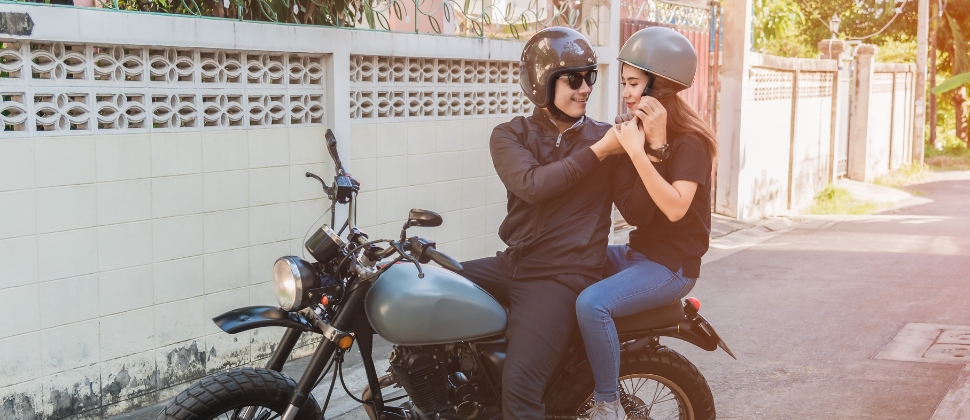
It is estimated that about 85% of bicyclists who are killed each year were not wearing helmets. Wearing a helmet while riding a bicycle can greatly reduce your risk of head injury in the event of a crash.
Helmets are most effective when they fit properly, so be sure to try on several different models and sizes to find one that is comfortable and secure. When putting on a helmet, fasten the straps securely and adjust the pads or sizing ring for a snug fit. The helmet should sit level on your head, covering your forehead without obstructing your vision.
Most helmets today are made with an inner layer of soft foam padding covered by a hard plastic shell. In the event of a collision, the foam crushes to help absorb impact and protect your head and brain from serious injury.
When choosing a helmet, look for one that has been certified by the CPSC (Consumer Product Safety Commission) or other similar organization. Keep in mind to replace your helmet every five years or sooner if it sustains any damage.
2. Ride Defensively

When you’re out on the road, it’s important to remember that you share the space with other vehicles. Ride defensively to stay safe and be aware of potential hazards.
Here are some tips for riding defensively:
- Always wear a helmet and protective gear. This will help to protect you in case of an accident.
- Be visible. Try to wear bright attire and use proper lights when riding at night or in low-light conditions.
- If required you can use hand signals to communicate your intentions to other drivers.
- Be aware of your surroundings at all times and know what’s going on around you. Watch for cars making sudden turns or braking unexpectedly.
- Anticipate what other drivers may do. If someone looks like they’re about to cut you off, slow down and give them room to avoid an accident.
- Avoid distracted riding. Don’t ride while using your phone or listening to music with headphones. Pay attention to the road so you can react quickly if necessary.
3. Know Your Bike
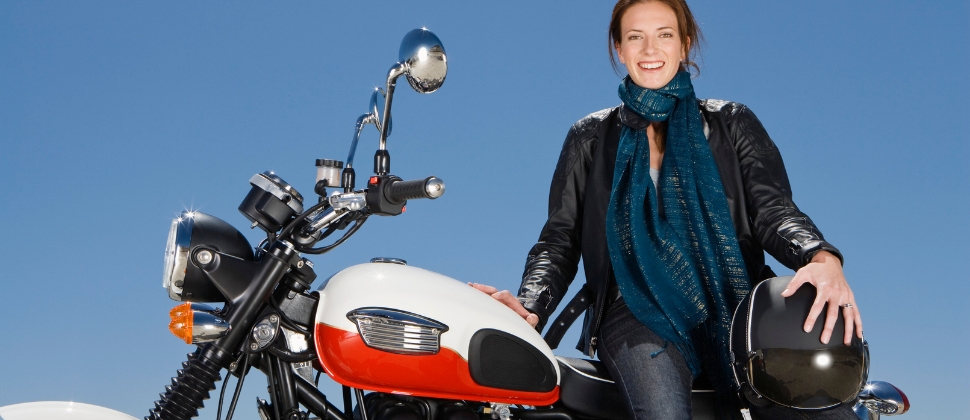
Before you hit the road on your motorcycle, it’s important that you understand how it works and what you can do to keep yourself safe. Here are a few smart practices that will make you a safer rider:
- Get to know your bike. Be familiar with the features and controls of your motorcycle so that you can operate it safely and confidently.
- Inspect your bike before each ride. Make sure that all the lights and signals are working properly, the tires are inflated to the proper pressure, and there is enough oil in the engine.
- Ride within your limits. Don’t push yourself beyond your skills or comfort level. If you’re not confident riding in traffic or on winding roads, stick to less challenging routes.
- Use proper safety gear. Always wear a DOT-approved helmet, eye protection, sturdy footwear, and protective clothing—even if you’re just taking a short ride.
- Ride defensively. Be aware and keep an eye on other drivers and anticipate their actions. Don’t assume that they see you; always use your turn signals and brake lights to make yourself as visible as possible.
4. Plan Out A Route
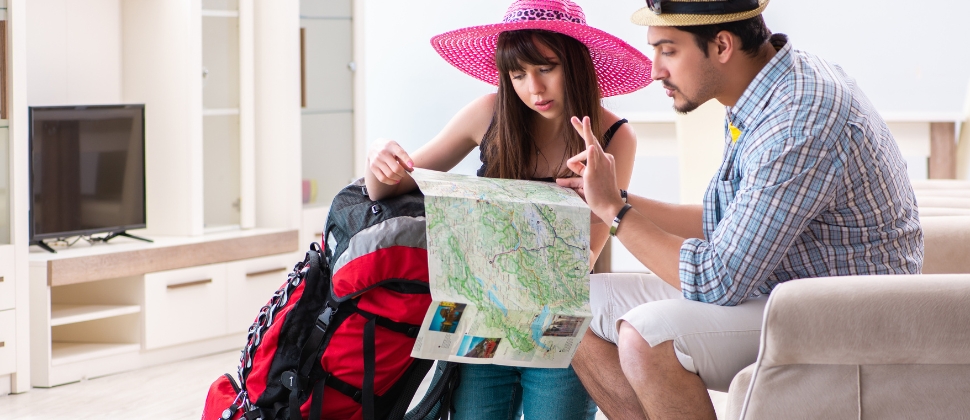
When you’re planning a route, there are a few things you should keep in mind to make sure you’re staying safe. First, take into account the time of day and whether or not there will be traffic. If it’s rush hour, you’ll want to plan a route that avoids busy streets. Second, think about the terrain. If you’re riding in an urban area, you’ll want to stick to streets and sidewalks. But if you’re in a rural area, you might have to ride on dirt roads or trails. And finally, always let someone know your route before you set off. That way, if something happens, they’ll know where to find you.
5. Be Collegial With Other Riders
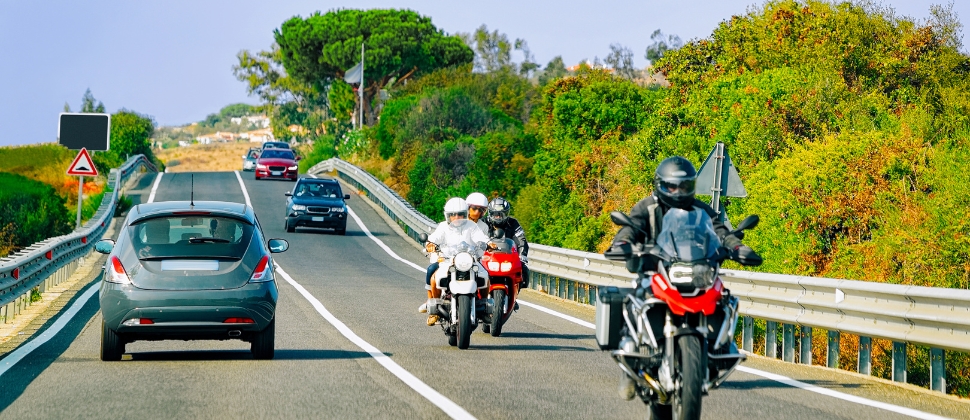
If you want to be a safer rider, it’s important to be collegial with other riders. This means being respectful of their space and not cutting them off. It also means being aware of their riding style and accommodating them accordingly. By being a courteous and considerate rider, you’ll not only make the roads safer for everyone, but you’ll also make riding more enjoyable for yourself.
6. Always Use Lights

As a cyclist, you should always use lights when riding at night or in low-light conditions. This will enable you to notice and be seen by other road users.
There are a few different types of lights that you can use:
- Headlights: These attach to your bike and help you to see the road ahead.
- Tail lights: These attach to the back of your bike and help other road users to see you.
- Bike reflectors: These attach to your bike and reflect light from headlamps, making you more visible.
7. Discover Your Off Switch
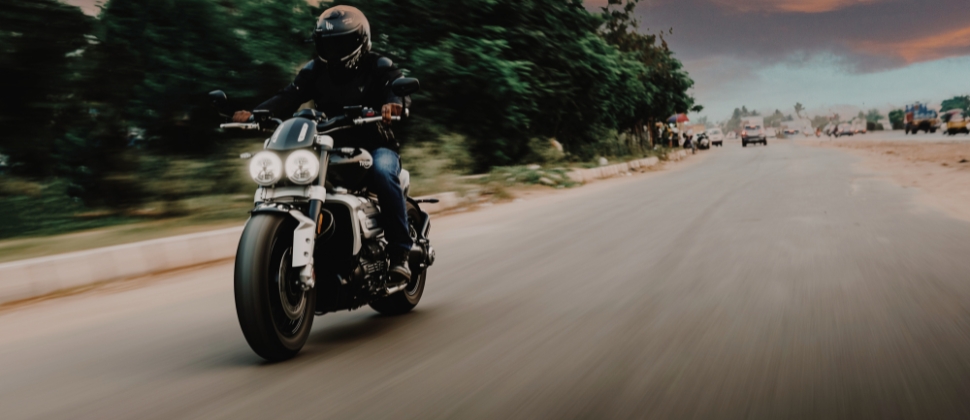
There are a few things you can do to help you find your off-switch while riding. One is to practice using your brakes in different situations. This will help you get a feel for how much pressure you need to apply to slow down or stop. Another is to consciously relax your body and take deep breaths. This will help you stay calm and focused in the event of an emergency. Finally, make sure you are always aware of your surroundings and have a plan for what you will do if something unexpected happens.
Must Visit: Buying your First Motorcycle — 7 Questions to Ask
8. Practice In Advance and Ask For Inputs From Friends And Family
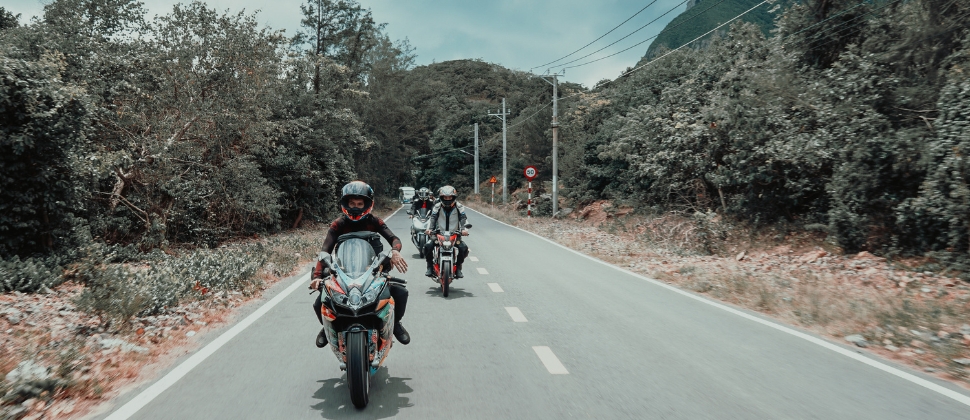
If you’re just getting started with riding, it’s important to practice in advance and get input from friends and family members who are experienced riders. This will help you become a safer rider by learning the proper techniques and gaining confidence in your abilities.
Practicing in advance can be as simple as taking a few laps around your neighborhood on your bike. This will give you a chance to get used to the feeling of riding and help you build up your confidence. If you have access to a larger area, such as a park or open field, that’s even better. You’ll be able to practice at different speeds and work on your turning and stopping skills.
Asking for input from friends and family is also a great way to learn more about riding safely. They can share their own experiences with you and provide helpful tips on things like road safety, traffic laws, and how to handle difficult riding conditions. If you don’t have anyone in your life who rides, seek out local biking groups or clubs that can offer guidance.
9. Carry The Essentials and Pack Accordingly

When you’re out on the open road, it’s important to be prepared for anything. That means carrying the essentials with you and packing accordingly for the conditions you may encounter.
Here are some things to always keep in mind when packing for a ride:
- Bring plenty of water, especially if it’s hot out. Dehydration can be a serious threat while riding, so it’s important to stay hydrated.
- Pack snacks and energy bars to keep your energy up. Again, this is especially important in hot weather.
- Dress appropriately for the conditions. If it’s cold out, make sure you have warm gear with you. If it’s wet, pack rain gear. And if it’s going to be sunny, don’t forget the sunscreen!
- Always bring a first aid kit and tools to fix minor problems. You never know when you might need them.
- Finally, make sure your bike is in good working order before setting out. A flat tire or another mechanical issue can ruin a ride, so it’s best to be prepared.
10. Respect the Rules of the Road

When you ride a motorcycle, you are sharing the road with other vehicles. Just like when you drive a car, there are rules of the road that you must follow in order to stay safe. Here are some key things to remember:
- Obey all traffic laws and signals. This includes speeding, running red lights, and riding in between lanes.
- Wear proper safety gear. This includes a helmet, eye protection, and reflective clothing.
- Be aware of your surroundings at all times. This means watching for other vehicles, pedestrians, animals, and obstacles on the road.
Final Words
Riding a motorcycle can be an exhilarating experience, but it’s important to always ride safely. By following the 10 smart practices outlined in this blog, you can help keep yourself safe on the road. Always wear a helmet, obey the speed limit, and never ride under the influence of alcohol or drugs. With a little bit of planning and preparation, you can help ensure that every ride is a safe one.
Give a look: Find Your Perfect Bicycle at One of theTop Bike Shops in Brisbane




